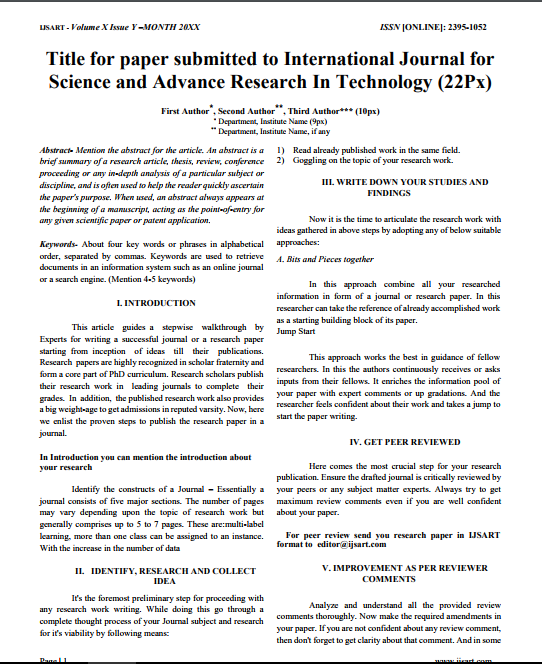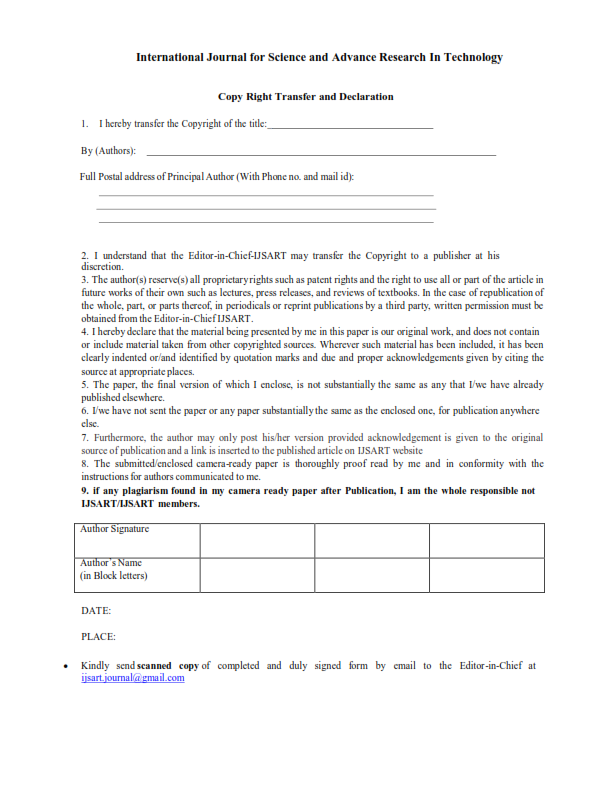AN EFFICIENT APPROACH FOR FINGER VEIN RECOGNITION USING ARTIFICIAL NEURAL NETWORK |
Author(s): |
| N Vijila |
Keywords: |
| Biometrics; finger-vein; Artifical Neural Network; Biometric trait extraction. |
Abstract |
|
Many finger vein feature extraction algorithms achieve adequate performance due to their ability to reflect texture, while simultaneously ignoring the finger tissue-forming intensity distribution and in some cases processing it as background noise. Use this kind of noise as a novel soft biometric feature in this project to achieve better output in finger vein recognition. First, a detailed analysis of the finger vein imaging theory and the image characteristics is provided to demonstrate that the intensity distribution produced in the background by the finger tissue can be extracted for identification as a soft biometric feature. Then, two finger vein background layer extraction algorithms and three soft biometric trait extraction algorithms are proposed for intensity distribution feature extraction. Finally, a training dataset is constructed based on the patches centered on the labeled pixels. Secondly, an artificial neural network (ANN) is trained on the resulting dataset to predict the probability of each pixel of being foreground given a patch centered on it. The ANN learns what a finger vein pattern is by learning the difference between vein patterns and background ones. The pixels in any region of a test image can then be classified effectively. The identification performance of the system is evaluated using the recognition rate. |
Other Details |
|
Paper ID: IJSARTV Published in: Volume : 7, Issue : 4 Publication Date: 4/5/2021 |
Article Preview |
|
Download Article |


